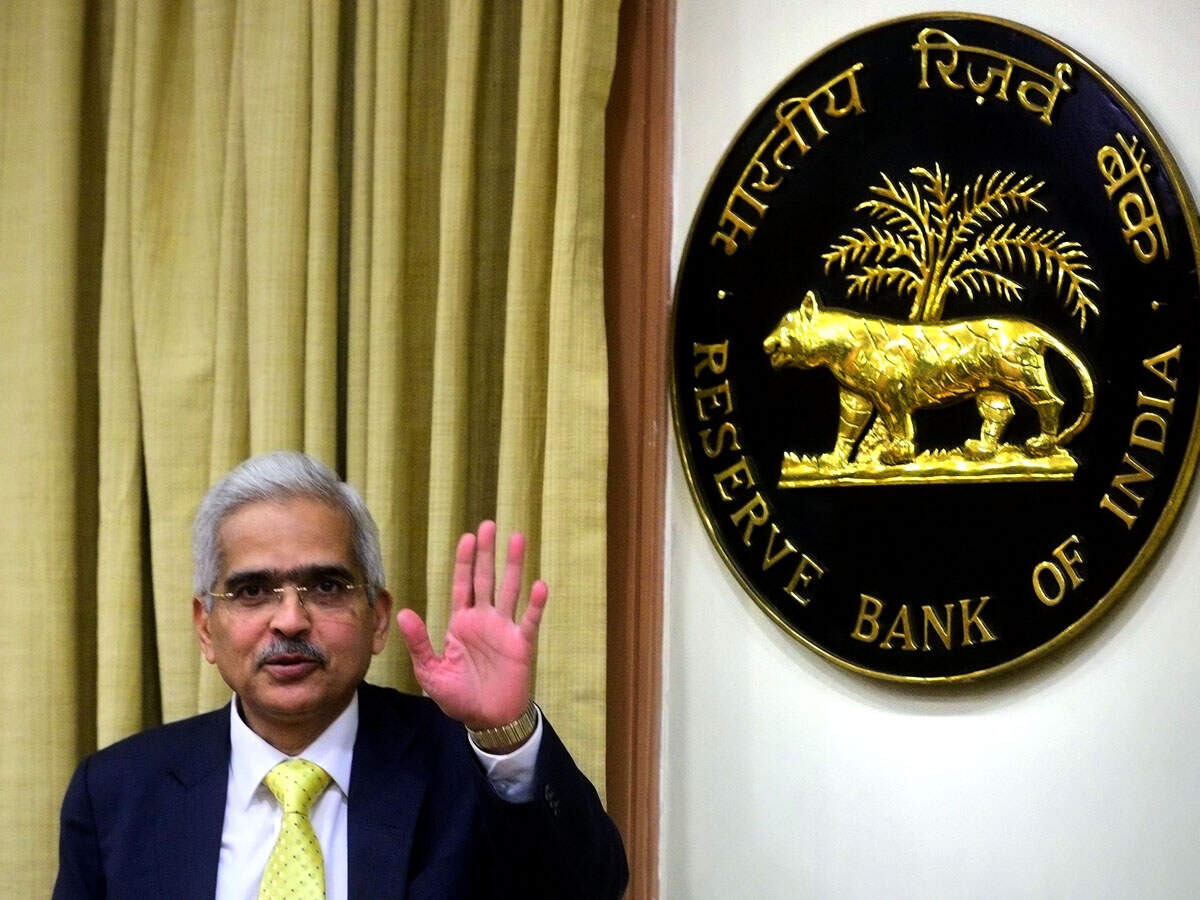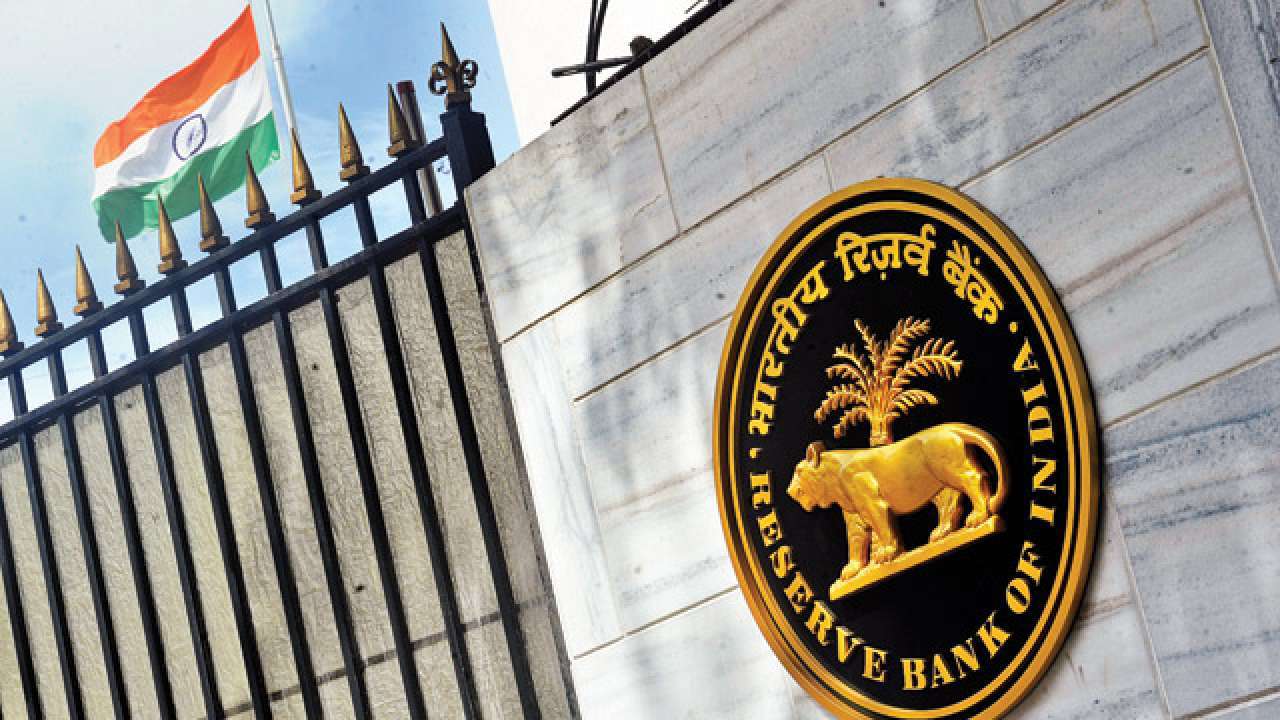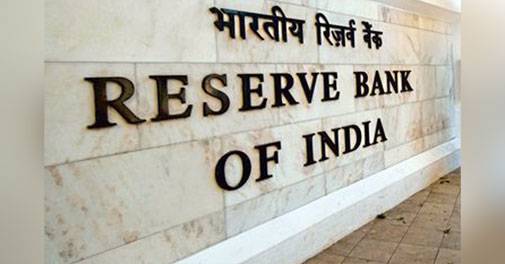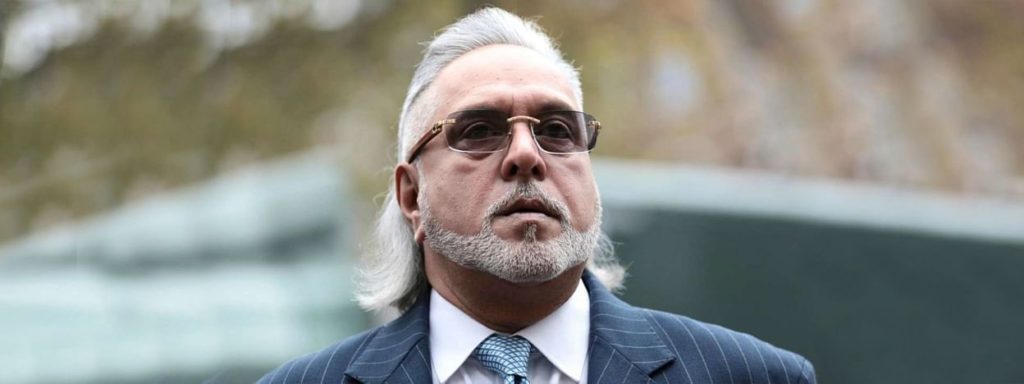On Friday, 17th April 2020, Mr. Shaktikanta Das RBI governor addressed the media through video conferencing. He announced the measures to support the economy of our nation in the ongoing crisis of COVID-19. This RBI chief unveiled some measures to support the economy. Have a look to know the full statement of the RBI governor:
According to him the nation India is also facing such a huge crisis of COVID-19 like other nations. He says that this is a deadly embrace and our mission is to overcome this disease to step down the epidemiological curve. We the full human spirit is ignited to resolve this pandemic issue. Therefore, this is the darkest movement that we have to focus on the light. As per Mahatma Gandhi sayings in Kingsley Hall, London in October 1931 “In the midst of death life persists, in the midst of untruth truth persists, in midst of darkness light is always there”. So don’t lose the hope just focus on overcoming this pandemic threat.
He further says that before starting I would like to show gratitude towards all the people who are working from home and also to the government sectors and private sectors that working for the people by going offices. Moreover, he gave a special thanks to all the doctors, healthcare teams, medical staff, police, law, and other enforcement. He also gave thanks to all the people who are there working for providing people with essential services. Probing further, he says that the RBI team is also thanked for the team of 150 officers that are working 24*7 for the people. Their efforts are praiseworthy, and we should constantly thank them for this.

ASSESSMENT OF CURRENT ECONOMIC SITUATION-
Since March 27th the financial landscape is fully deteriorated but still, we are working bravely because the light shines through dark only. During this great lockdown, we are facing a huge loss of GDP over 2020 and 2021 at around 9 trillion dollars- greater the economies of Japan and Germany combined. There are so many other countries that are having even sharper declines but India is a handful country that shows a tremendous handful of positive growth. Therefore, this is the largest growth among G20 economies. The WTO sees global merchandise trade by 13-32% in 2020. Crude oil prices remain in flux, despite production cuts in OPEC plus countries for 2021. From 2021, V-shaped recoveries close to 9% points for global GDP. Therefore, India is looking forward to posting a sharp turnaround by growing at 7.4 % in 2021-22.
From the last few weeks, there have been a few data on the release of domestic development but they are disjoined to allow a comprehensive assessment of the state of the economy. In the statement of RBI governor on March 27th, he referred to continue all the essential services with an excess of buffer norms. By April 10th, pre-monsoon Kharif has begun, it will increase by 37% as compared to that of last year. Some of the states are facing sowing activity due to lockdown. On April 15th IMD forecasts southwest monsoon for 2020 and it will rain 100 percent for the long period average. The development bods are going to accelerate fertilizer production up to February 2020, robust growth will be there of tractors by 21.3%. He further says that we may provide an offset to labor shortages on account of lockdown.
In other sectors, the situation is more difficult, on April 8th the industrial production of February was released and it was clear that it was highest in the past seven months. COVID-19 has not captured these prints. The electricity generation has a sharp fall in daily demand by 25-30%. Manufacturing, sales and other data related to this were also released and it showed that it was lowest in the last four months. PMI also declined into contraction and this pulled a sharp downturn in the business.

In the external sector, the contraction in exports is -34.6 % and is much more severe during the global crisis. Barring oil and other merchandise exports fell by 28.7% and on the other hand, trade declined to 9.8 billion in March 2020 and 11.0 billion in the year-ago. Net foreign investment inflows amounted to 40.6 billion during 2019-20. In February, FDI orders 2.9 billion as compared to year ago. The FPI’s are also showing a decline, if you want to know in details about them you can check on the browser as well.
During this lockdown, the RBI has taken a number of steps to improve the proper functioning of the entire banking sector. The banks are working constantly to improve the payment infrastructure and are looking forward to providing customer services without any disruption. ATM operations are having 91% of full capacity and there is an average availability of BC’s over 80%. Banks are looking more forward to fulfill the increased demand for the currency. They are also filling the ATM’s regularly so that the customers do not face any problem.
ADDITIONAL MEASURES-
Keeping this backdrop in mind we are looking to check the financial assessment and will soon take measures. We are taking further measures to improve financial market conditions.
LIQUIDITY MANAGEMENT-
With the constant functioning of financial markets and institutes we are making initial efforts to adequate the level of liquidity and are looking to provide adequate liquidity till the end of the year. Therefore, it is observed that there are bonds issued by public sector entities because the disruptions of COVID are constantly affecting everyone. This is why the non-banking financial companies and micro-companies or institutions are there in terms of access to liquidity.
.Accordingly, it has been decided to conduct targeted long-term repo operations (TLTRO 2.0) for an aggregate amount of `50,000 crores, to begin with, in tranches of appropriate sizes. The funds availed by banks under TLTRO 2.0 should be invested in investment-grade bonds, commercial paper, and non-convertible debentures of NBFCs, with at least 50 percent of the total amount availed going to small and mid-sized NBFCs and MFIs. The guidelines will spell out the details. These investments have to be made within one month of the ailment of liquidity from the RBI. As in the case of TLTRO auctions conducted hitherto, investments made by banks under these measures.
All the Indian financial institutions play an important role in the funding procedure of agricultural, rural and other operational sectors that we are having. Therefore, these institutions are raising resources to allow reserve bank and are relying on their internal resources. In the pandemic, these institutions are facing so many difficulties. So, it is decided to provide 50,000 crores to these institutions. Hence, the amount fixed is different for each institution.
As mentioned earlier, the surplus activity is risen to enhance measures taken by RBI. On April 15th, the reserve repo operation was around 6.9 lakhs but now it has been decided to 25 basis point from 4.0 percent to 3.75 percent. Hence, the bank rate remains unchanged to 4.65 %.
On April 1, 2020, the RBI had announced an increase in the ways and means advances (WMA) limit of states by 30 percent. It has now been decided to increase the WMA limit of states by 60 percent over and above the level as on March 31, 2020, to provide greater comfort to the states for undertaking COVID-19 containment and mitigation efforts, and to plan their market borrowing programs better. The increased limit will be available until September 30, 2020.

REGULATORY MEASURES-
Regulatory measures were also an announcement in order to continue the viable business in the problem of COVID-19. Based on a review, it was found that if the work will stop there will be a harmful impact on banking systems. So, the regulatory measures were announced today.
Economic activity has come to a standstill during the period of the lockdown, with consequential lingering effects that have unambiguously affected the cash flows of households and businesses. On March 27, 2020, the RBI had permitted lending institutions (Los) to grant a moratorium of three months on payment of current dues falling between March 1 and May 31, 2020. It is recognized that the onset of COVID-19 has also exacerbated the challenges for such borrowers even to honor their commitments fell due on or before February 29, 2020, in Standard Accounts. The Basel Committee on Banking Supervision (BCBS) has taken cognizance of the the financial and economic impact of COVID-19 and very recently announced that “………. the payment moratorium periods (Public or granted by banks on a voluntary basis) relating to the COVID-19 outbreak can be excluded by banks from the number of days past due” in respect of NPA recognition.
At the same time, we are cognizant of the risk build-up in banks’ balance sheets on account of firm-level stress and delays in recoveries. With the objective of ensuring that banks maintain sufficient buffers and remain adequately provisioned to meet future challenges, they will have to maintain the higher provision of 10 percent on all such accounts under the standstill, spread over two quarters, i.e., March 2020 and June 2020. These provisions can be adjusted later on against the provisioning requirements for actual slippages in such accounts.

The 90-day NPA norm shall exclude the moratorium period, I NBFCs, which are required to comply with Indian Accounting Standards (IndAS), maybe guided by the guidelines duly approved by their boards and as per advisories of the Institute of Chartered Accountants of India (ICAI) in recognition of impairments. In other words, NBFCs have flexibility under the prescribed accounting standards to consider such relief to their borrowers.
III. CONCLUDI REMARKS-
This is, however, based on data gathered up to 19th March 2020. The data showed a softening of food inflation by around 160 basis points on account of the easing of prices of vegetables, eggs, meat, fish, pulses, oils and fats, fruits and sugar. In other categories of the CPI, inflation pressures remained firm. Daily data on 22 essential food items covered by the Department of Consumer Affairs (DCA) suggests that food prices have increased by 2.3 percent in April so far (up to April 13, 2020) in a broad-based manner, though onion prices have continued to decline while PDS kerosene prices have slumped by 24 percent in the first fortnight of April. Domestic LPG prices also declined by 8 percent. These early developments suggest that inflation is on a declining trajectory, having fallen by 170 basis points from its January 2020 peak.
Such an outlook would make policy space available to address the intensification of risks to growth and financial stability brought on by COVID-19. This space needs to be used effectively and on time.
Stay updated with us to have more information. #STAY HOME #STAY SAFE.
